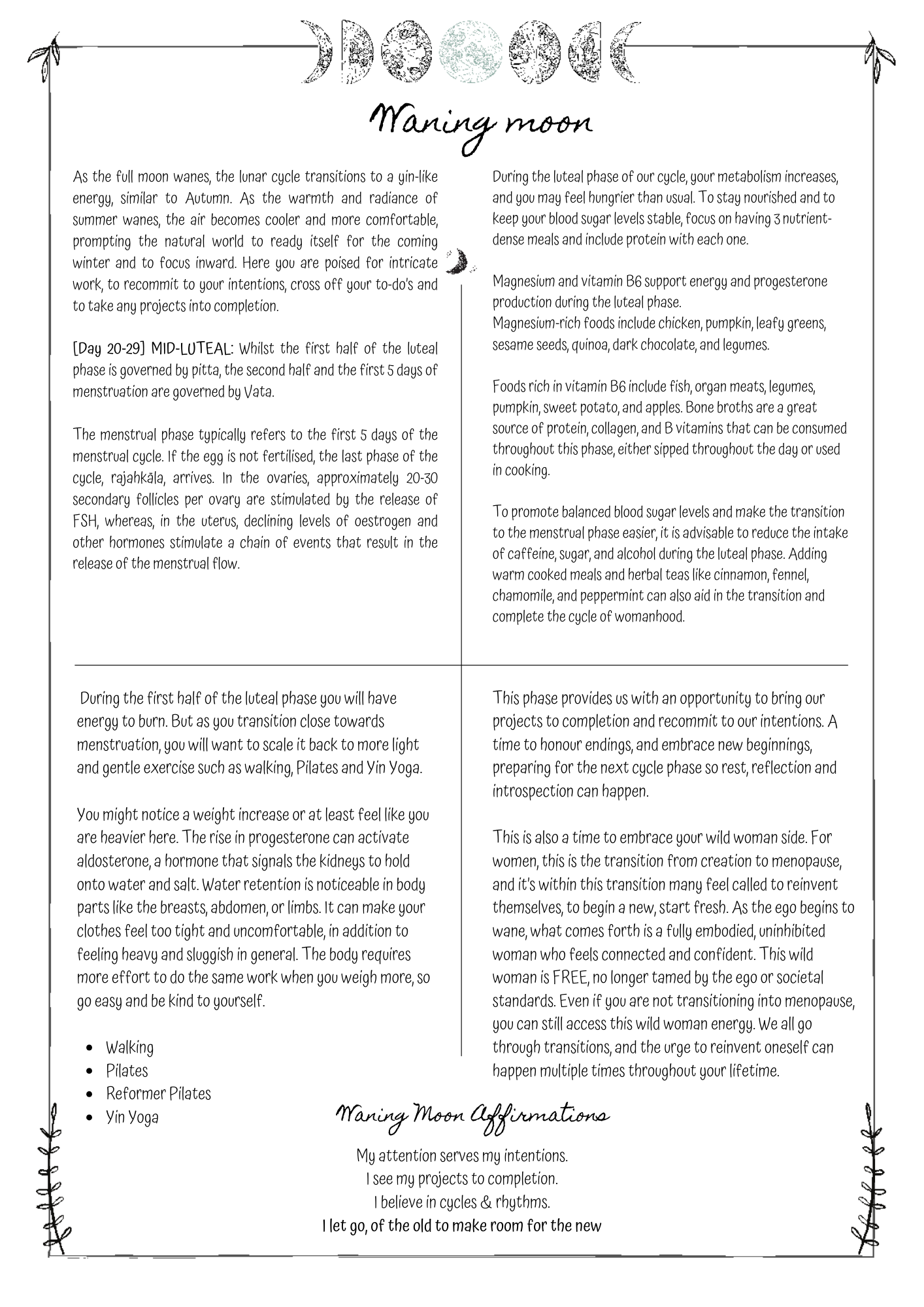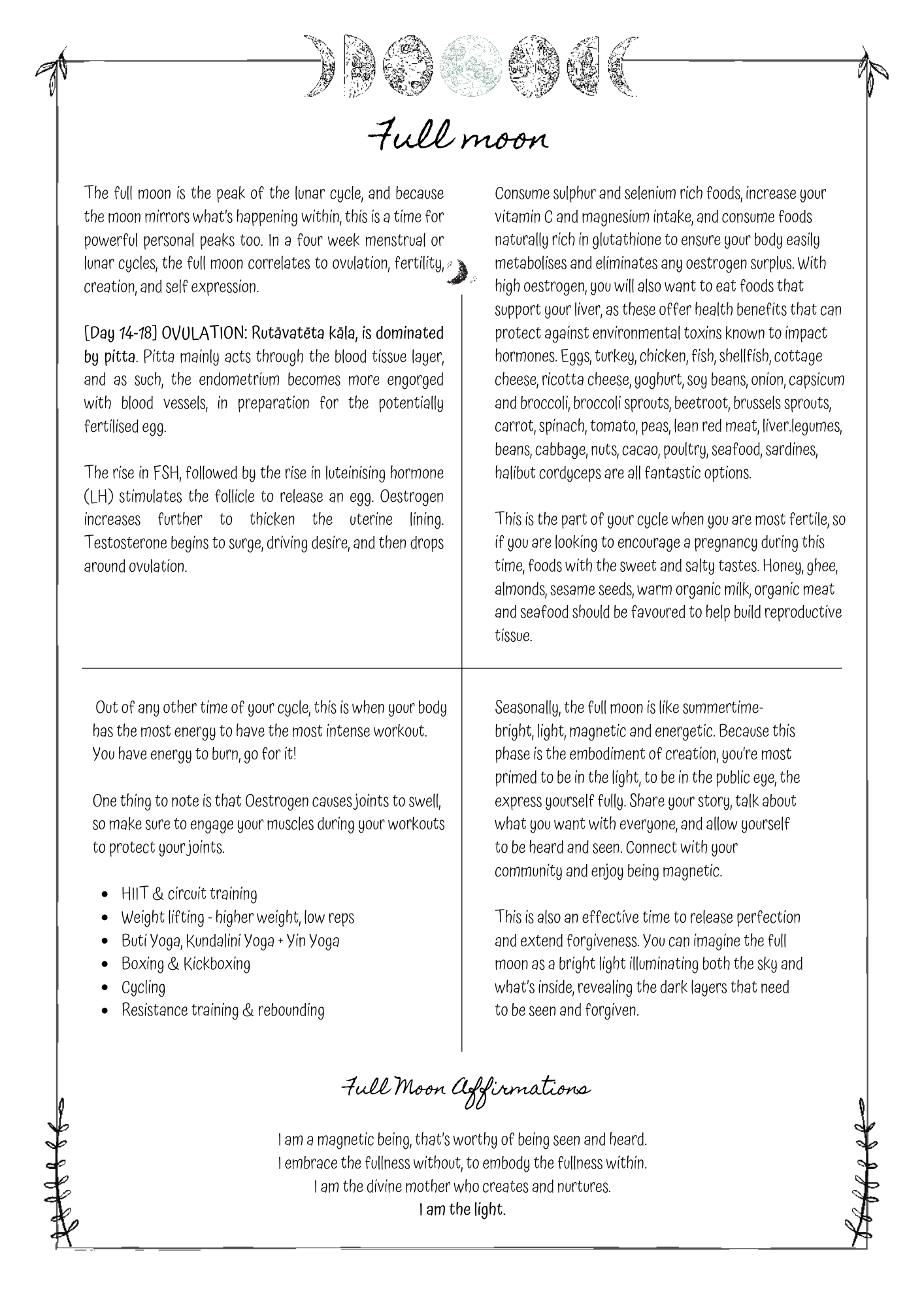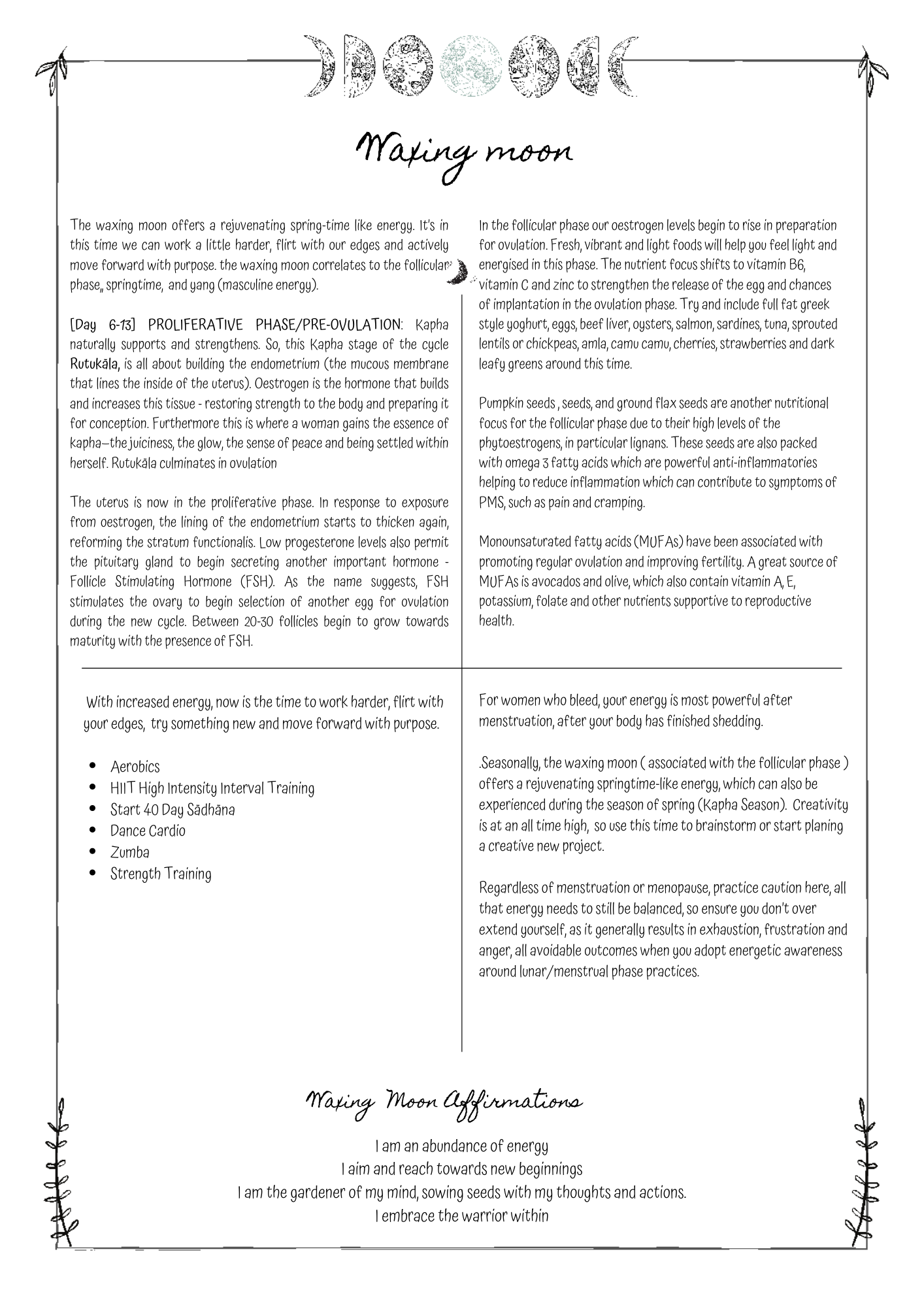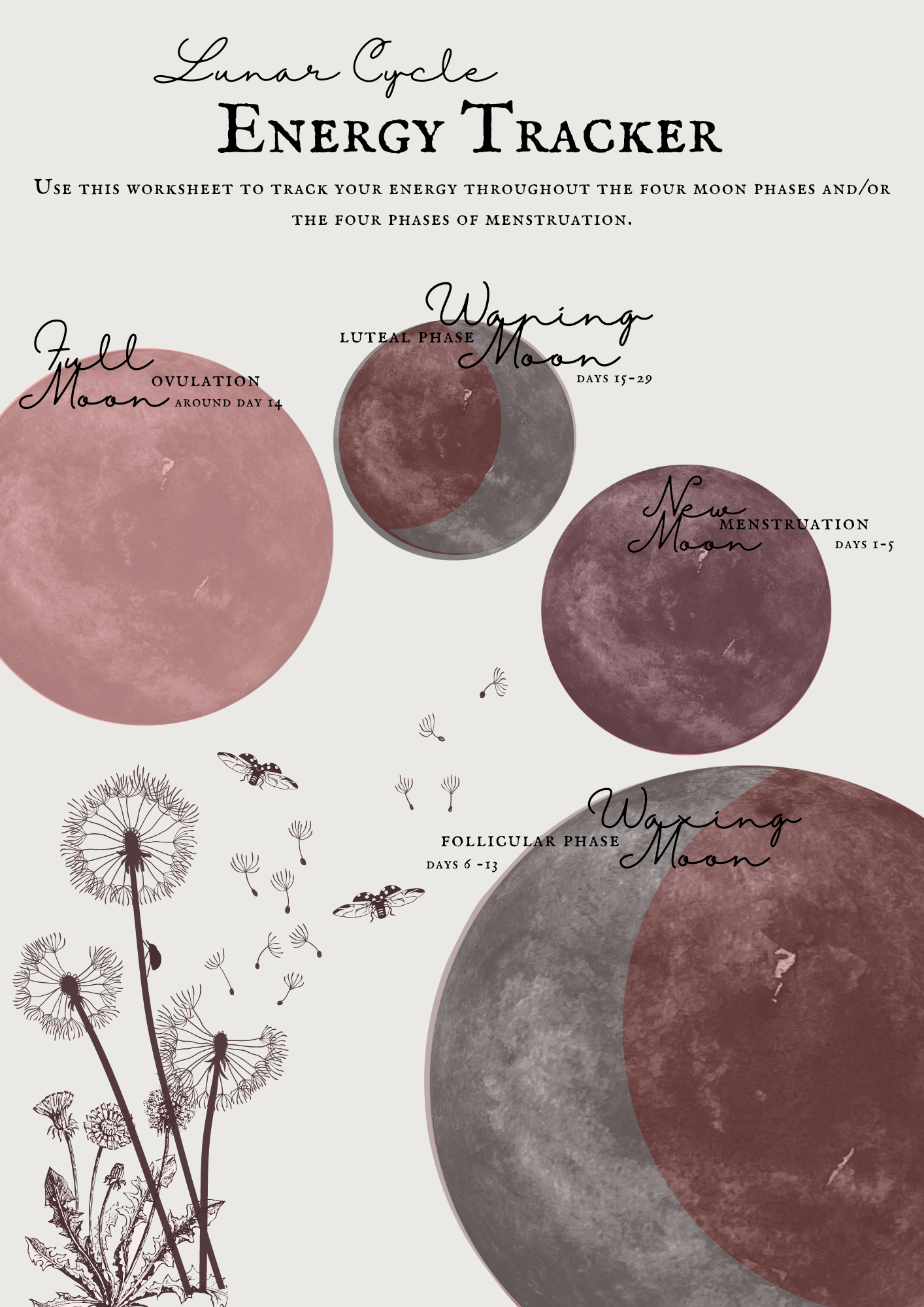How’s everyone doing? I’d love to hear how you’ve been feeling—physically and mentally. Perhaps you’ve noticed a bit of a shift in your mood or energy over the past couple of weeks or just felt slightly out of sorts.
While recent weather events on the East Coast may play a significant role, the Seasonal Transition could be a major contributing factor as well.
Ayurveda pays heed to the transitory time between seasons, ‘Ritu Sandi’, the point where two seasons meet. The week before a new season arrives, coupled with the first week of that season, are seen as critical times for overall health and wellness.
Research has demonstrated that as seasons change, there is a higher chance of dosha imbalances, which can negatively impact both mental and physical health. Additionally, shifts in the amount of daylight can affect immune system functions, which are related to seasonal illnesses and overall mortality rates. These daily light and dark cycles also play a role in regulating immune responses.
While the sun is a major influence on seasonal variation, Ayurveda attributes the primary cause of imbalances during these times to an excess of vata (air). In summer, the sun heats the oceans, causing evaporation. This process results in cooler water surfacing and generates winds, currents, and precipitation worldwide.
Although the sun’s position changes the seasons, it's the resulting weather patterns that primarily lead to an increase of vata - much like what we are seeing unfold on the East Coast.
In the summer heat, the natural tendency is to accumulate the warm, intense quailities of Pitta in the body. This external warmth influences our choices, guiding us toward cooler foods and environments, which help us maintain balance during the sweltering months. However, as the season shifts to Autumn, this cooling effect combined with the dryness increasingly found in our surroundings can lead to an internal accumulation of Vata dosha.
Just as the external landscape begins to change, our internal state mirrors this transformation. The symptoms of excess Vata—such as dry skin, colds, constipation, anxiety, insomnia, arthritic pain, and trouble concentrating—serve as reflections of the environment around us. These challenges become especially pronounced at the onset of Autumn (right now), a time inherently linked to Vata's influence. Ultimately, the fluctuations in our external world deeply resonate within us, underscoring the interconnectedness of nature and our internal wellness.
From a Vedic viewpoint, moments of transition, or sandhis, offer us chances to enhance our awareness and connect more deeply with our nervous systems. On a subtle level, these transitions correspond to changes within our consciousness tied to the seasons. We also experience these shifts during significant life stages, such as moving from adolescence to adulthood, during menstruation and pregnancy, as we enter our later years around 60, and during various other phases in life. Ayurveda honours these transitions as they present valuable opportunities for personal growth, evolution, and a deeper connection to ourselves and the world around us.
This period of change serves as the perfect time to realign with nature's circadian rhythms, allowing us to reset the intricate biological clock present in every cell. So, what can you do to help navigate this seasonal transition with ease?
As a General Guide the following can help immensely:
Slow down & Surrender
Eat sattvic foods to facilitate cleansing - avoid processed meat, aged cheeses and fried foods
Eat more easily digestible foods such as soup, kitchari, steamed veg, stewed fruit and moong dal
Drink more hot water throughout the day to aid cleansing
Take an Ayurvedic digestive aid such as CCF tea, or triphala at night for the week to ensure a complete cleansing every morning.
Abhyanga (Self-massage each day with warm oil)
Dim the lights or use candles at night
Reduce time spent in front of screens
Go to bed and wake up around the same time each day ( in bed before 10:00pm )
Drink a warm beverage before retiring to bed.
Move your body, but do it gently
*Important to note that the above is a general guide and does not take into account your prakriti/vikriti ( constitution/current presentation ). Consume and use the foods, oils, and herbs that are best suited to you.
For example: Two people with a Pitta Prakriti, and both presenting with Vata & Pitta aggravation can look completely different to one another. Whilst one may be experiencing more of the dry and erratic qualities (dry skin, constipation, inability to concentrate), the other may have an excess of the hot and watery qualities of Pitta, which could bring about slightly oily skin & hair, loose bowel motions and irritability.
In this case, the above advice still stands. However, the foods, herbs and oils would differ for each person. For example:
Person A: Yellow Split Mung, Basmati Rice, Lemon, Fresh Ginger, Ghee or Sesame Oil, Haritaki, Chai
Person B: Whole Green Mung Beans, Quinoa, Lime, Fresh Coriander, Coconut or Jojoba Oil, Amalaki, Matcha or Golden Milk.
If you are interested in learning more about this in depth, my lovely friend Deni @_soma.vidya is currently offering her Agni Reset (10-day Ayurvedic gut cleanse program) at $50. Her program combines ancient Ayurvedic techniques, nourishing herbs, and a 3-day monodiet featuring the Ayurvedic gem—kitchari.
In Dharma school, the beautiful light that is @kristin_ananda_devi has a Sattvic Reset complete with preparation lecture, daily schedule, recipes, guides on what to eat/what not to eat, principles of eating, sahana, mantra and Vedic & Yogic Laws for living with cosmic consciousness.
Or you could simply follow a gentle seasonal Kitchari cleanse for 3 consecutive days and then slowly incorporate the specific season-pacifying foods and lifestyle guidelines outlined in my book OJAS.
Wherever you’re at, take some time over the next week, retreat where you can, still your nervous system, reset your circadian clock, and utilise this transition to rid yourself of old emotional patterns of behaviour.















